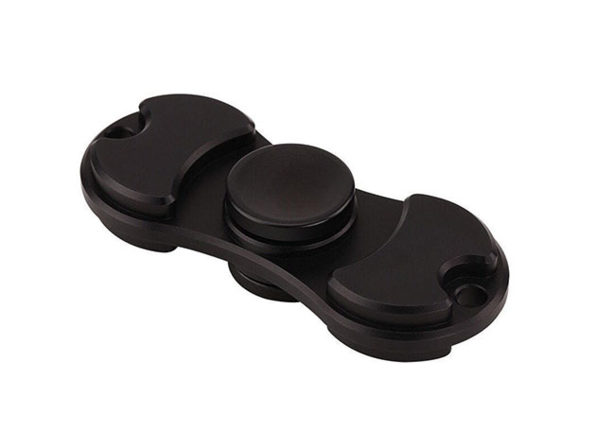
One of the greatest advantages of online shopping is free delivery. A 2016 Future of Retail study shows that 9 out of 10 consumers admit that free shipping motivates them to purchase more online.
Some smaller retailers choose not to provide free delivery, since it causes additional business expenses. However huge shipping costs will soon vanish into oblivion thanks to retail giants like Wal-Mart or Amazon and their subscription services. Such programs allow members to pay a fixed annual fee to guarantee free shipping on all qualified goods.
Amazon was the first grand retailer that came up with such an idea and offered a subscription service called Amazon Prime. The program offers free two-day shipping for an annual fee. Membership package also includes additional perks such as Sunday delivery, connection to the company’s streaming video and music platforms, early access to the most appealing deals and even unlimited photo storage. All these benefits cost only $99 per year or $10.99. The offer was super successful from day one; now over 65 million people in the U.S. are Prime users.
As a response Wal-Mart launched ShippingPass – their own paid subscription. For $49 a year members have received free two-day shipping on any purchase from their webstore and free returns, both online and in-store. The deal seemed cheaper than Prime at first glance, but Amazon has included so many bonuses in their program that providing a simple free shipping option was not enough to win the customers.
Earlier this year Wall-Mart dropped the membership program putting an end to the competition for paid subscribers. Does it mean that the retailer admitted that the ShippingPass can’t compete with Prime and gave up? Of course not, the company is simply changing the winning strategy. ShippingPass is now replaced with free two-day shipping for consumers spending $35 or more.
The new plan of Wall-Mart business team looks pretty clear: they are aiming to attract non-Prime shoppers who purchase on Amazon and a share of Prime-subscribers who use membership mostly because of free shipping and don’t care about the other bonuses.
Comparing Amazon and Wal-Mart shipping policies
Of course, Wal-Mart gained extra points in the customers’ eyes by cancelling membership fee while Prime costs $99, defining which program is the best for consumers is not so easy.
The major difference is in the amount of eligible products. According to the companies’ websites, Prime includes more than 50 million items while Wal-Mart’s two-day shipping covers only about 2 million goods. Also Amazon offers perks.
On the other hand, Wal-Mart’s new program is customer-oriented and focused on the items people buy the most such as beauty products, baby necessities, food, cleaning supplies and pet products as well as top notch gadgets and toys. So basically the retailer makes a step towards the consumers and provides the best possible deals on the highly demanded items.
The minimum spending requirements motivate customers to build bigger baskets, so the acceleration of Wal-Mart’s online sales was even bigger than expected after the launch of two-day shipping.
In the end of the day Wal-Mart has good chances to achieve the goal and attract customers who don’t buy online too often as well as consumers who joined Prime because of free shipping and don’t use the other benefits.
Amazon or Wal-Mart: Who Will Dominate the Market?
With the new two-day shipping policy the physical seller starts a new battle with Amazon and slows the growth of Prime. Wal-Mart is also serious about becoming a bigger online player, while Amazon strives to enhance physical presence and grow the number of brick-and-mortar stores. The million-dollar question is: will Amazon be able to create a massive distribution network offline earlier Wal-Mart would add more digital capabilities? This is yet to be seen.
How the retail giants influence e-commerce?
The main goal for all e-commerce retailers – no matter how big or small they are – is providing seamless shopping experience. Big market players have already conditioned customers to expect inexpensive and speedy delivery; it becomes a new norm in the e-commerce world.
Online merchants should view fast and convenient delivery as a competitive differentiator. Now is the time to review your shipping policy to see which extra benefits can be offered. A lot of smaller sellers are also investing in the newest technologies, such as drones, which would take the very idea of delivery to a new level.
Modern e-commerce is all about minimizing the time between an online order and the product at the customer’s doorstep. There are plenty of shipping tactics and logistic tricks aimed to speed up the delivery. Whatever shipping policy you choose, make sure it’s convenient for consumers and absolutely reliable. Remember that meeting customers’ expectations means winning their love!

















